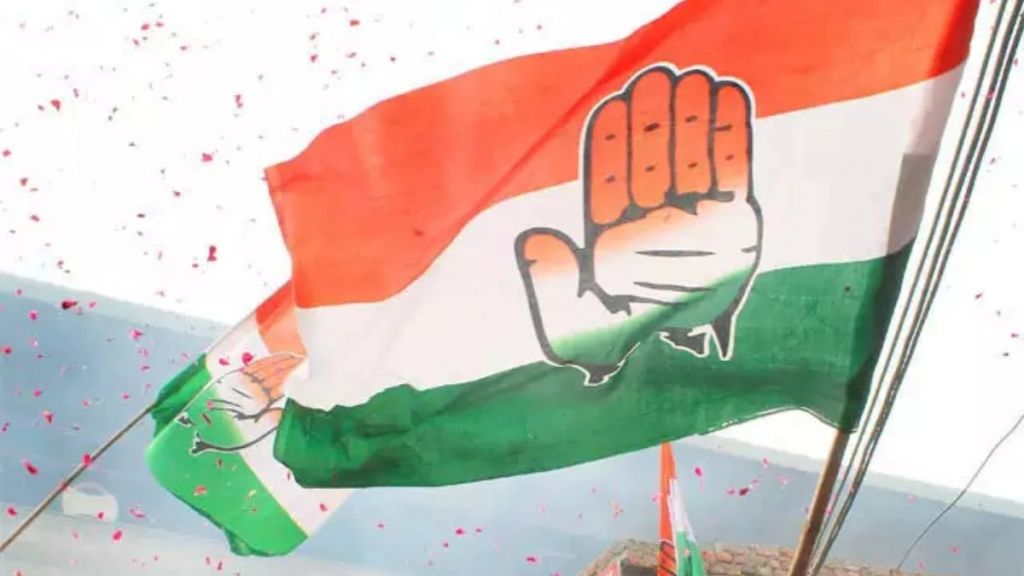
The Congress leadership made the cardinal error of buying into its own manufactured narrative of revival. Post the Lok Sabha polls, the grand old party had managed to spin its improved seatshare into a sign that it had the BJP on the run. Now the boot is on the other foot, and its showing in the first round of Assembly polls is seen as an abject defeat, whereas the BJP achieved its highest-ever tally in Haryana and Jammu & Kashmir.
The optics of the Congress defeat in Haryana are far worse than its actual numbers, because it managed a higher tally and voteshare. But the triumphalism of containing the BJP in the general elections had led both Congress ‘netas’ and ‘karyakartas’ to treat victory in the Assembly polls as a foregone conclusion. By launching premature celebrations — distributing sweets, bursting firecrackers, hiring horses and wagons for victory parades and raising slogans — the grand old party set itself up for humiliation.
The chest-thumping arrogance of party leaders is wholely to blame for the party’s loss of face vis-a-vis its allies and voters across the country. In Haryana, the Congress secured six more seats than it did in 2019 and made a quantum leap in terms of voteshare, from 28% to 39% — just a hair’s breadth less than the BJP. But these gains were obscured by the fact that it had projected a sweeping victory in the state as a done deal.
Compounding the bad optics is the Congress leadership’s refusal to graciously accept the voters’ verdict. The sour grapes attitude and falling back on the tired EVM-conspiracy theory just makes the party’s detractors laugh harder.
Part of that arrogance was the sidelining of Kumari Selja: a woman, a Dalit and a credible candidate for chief minister. The rout of the Congress in the Ahirwal region of the state, which accounts for 28 of 90 seats, can be largely attributed to this factor. For all its prating about caste and social justice, the party leadership ran an entirely Jat-centric campaign.
It also tactically ignored the fact that its CM face Bhupinder Singh Hooda, arguably the tallest Jat leader in the state, was also the subject of investigation in numerous cases of land grab and in one case of questionable drug purchases — all related to his tenure as CM. In 2021, he had been chargesheeted by the CBI in the Manesar land scam case. So much so for the party’s anti-corruption plank.
As for Jammu & Kashmir, while the party’s supporters continue to dub it as an ‘INDIA alliance’ or ‘Congress-National Conference’ victory, the fact remains that the party won just six of the 38 seats where it fielded candidates. This translates to a hit rate of 15 per cent, or less than one in five of every seat it contested. By contrast, the BJP won one of every two!
As per the seat-sharing arrangement between the INDIA allies, the NC was to secure the Kashmir region, while the Congress was to wrest Jammu from the BJP. The NC did its part, by winning 42 of the 51 seats it contested. But the Congress, which had been allocated 32 seats, most of them in Jammu, was able to win just one seat in the region, proving that it is no match for the BJP. It only managed to win against a BJP nominee in 3 seats in all of J&K, even with the support of the NC.
Prima facie, it appears that it is the regional parties, and not the Congress, which can effectively contain the BJP. In most instances of a pre-electoral alliance, the grand old party has typically achieved a hit rate inferior to that of its allies. In the 2020 Assembly elections in Bihar, for example, it demanded 70 seats but won only 19, thereby impacting the Mahagathbandhan’s total tally. In Uttar Pradesh in the 2024 general elections, it was allocated 17 seats, but won only 6, whereas the senior alliance partner, the Samajwadi Party, romped home in 37 of 62 seats. In Jharkhand, it won 2 of 7 seats, whereas the Jharkhand Mukti Morcha won 3 of 5.
From its electoral history, it’s obvious that the Congress is now heavily dependent on allies. The question is, what’s in it for the regional parties? Trinamool Congress leader Mamata Bannerjee saw no advantage in tying up with the Congress in West Bengal for the general elections, and managed to give the BJP a solid drubbing all on her own.
Maharashtra, of course, is a notable exception. But with its loss of momentum, and apparent inability to tackle the BJP independently, will the Congress be able to negotiate a good deal in the forthcoming Assembly elections? Allies are bound to question whether the Congress vote is at all transferable. What accounts for the Shiv Sena-UBT’s poor showing in the general elections, vis-a-vis the success of the Congress and NCP?
All the Congress planks — guaranteed MSP for farmers, scrapping of Agniveer, an end to unemployment and caste census — failed to clinch the election. The party must accept that anti-incumbency and tall promises alone will not unseat the BJP. For all its flaws and missteps, the ruling party has managed to keep voters engaged.
Bhavdeep Kang is a senior journalist with 35 years of experience in working with major newspapers and magazines. She is now an independent writer and author